Every hour of practice brings your child closer to success.
Let’s work together to ensure your child excels on the test!

Hey there! Do you have a question about the test or our practice package? Email me at roman@staggingapps.website. I'm here to help your child succeed!
The following sample questions are also available in two other formats:
Figure Matrix questions are either 2×2 or 3×3 matrices comprised of different pictures. In each row and/or column, the pictures change in the same way or follow the same rule.
Choose the answer that goes in the empty box in the matrix following the same rule.

The correct answer is 1.
By looking at the first row, it is clear that the outer (big) shape becomes the inner (small) shape and vice-versa. Moreover, the number of inner shapes increases by 1.
The color of the shapes does not change but since the smaller ones become bigger and vice-versa, the colors in the whole figure swap in respect to the other figure of that row.
The only option that fits this description is the 1st one.
Therefore, 1 is the correct answer.
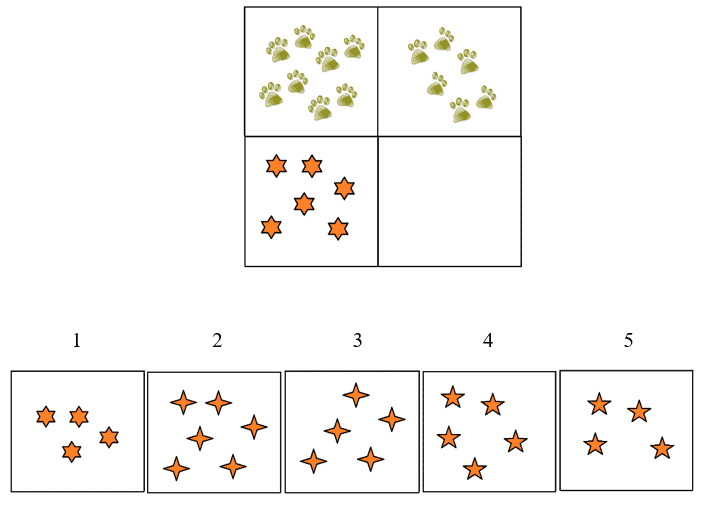
Welcome to your trusted practice resource for the 2025 CogAT 4th Grade Test (level 10)!
To maximize your child’s scores and help them get accepted to your desired Gifted program, we have designed an effective preparation process that has helped countless students succeed:
The correct answer is 5.
The pattern that connects the left figure in the first row to the right one in the same row is the following:
The number of items (animal feet in the first row and stars in the second row) decreases by 2 when moving from left to right, while the number of elements in each item (fingers in the first row and star point in the second row) decreases by 1 when moving from left to right.
Given this description, it is clear that the empty place must contain 6 – 2 = 4 stars, which have 6 – 1 = 5 points each. The only option that fits this description is the 5th one.
The answer is therefore 5.
The Figure Classification questions show three pictures that share a connection or a characteristic. Choose the answer that shares the same connection/characteristic from the answer choices.
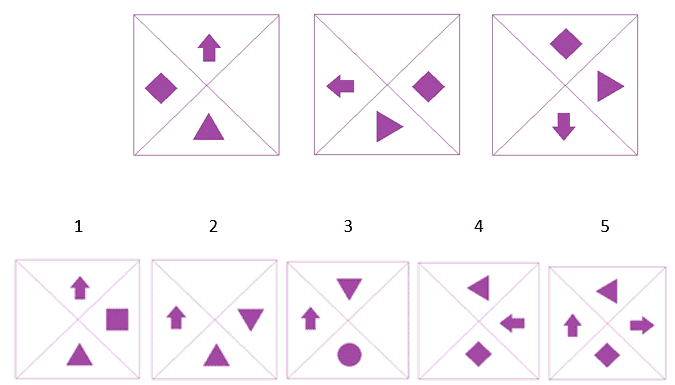
The correct answer is 4.
In this question all three figures are white squares; each of which contains three purple shapes: a diamond, a triangle, and an arrow.
The only answer choice that is like this is the 4th choice.
The 1st choice is incorrect as it contains a square and no diamonds.
The 2nd choice is incorrect as it contains two triangles and no diamond.
The 3rd choice is also incorrect as it contains a circle instead of a diamond.
Lastly, the 5th choice is incorrect as it contains four shapes instead of three (an extra arrow).
Therefore, the 4th choice is the correct answer.
Each question shows a paper folded several times and then punched with holes. The answer choices contain unfolded papers with punched-in holes. You need to determine which of the answer choices is the final product of the unfolded punched-in paper.
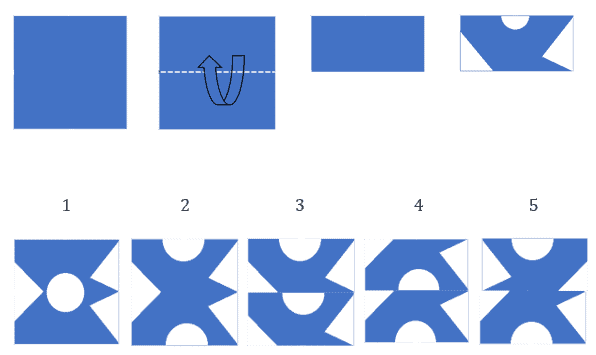
The correct answer is 2.
Nonverbal questions can be tricky, especially when students face them for the first time under time pressure. But with regular practice, your child can master them.
The more your child practices, the more confident they’ll become—and soon these questions will feel like second nature.
Our complete practice package offers over 140 CogAT Nonverbal questions, designed to sharpen skills and boost scores.
Help your child prepare with a complete practice package designed to maximize their performance on the CogAT 4th Grade test.
Each question provides two pairs of numbers with a certain mathematical connection and another number that shares that connection with one of the answer choices. Find the missing number for the third pair.
[25 → 6] [38 → 19] [83 → ?]
A. 9
B. 19
C. 62
D. 64
E. 74
The answer is 64.
Look for the pattern in the first series of numbers. We get from 25 to 6 by subtracting 19 (the pattern is -19).
Likewise, we get from 38 to 19 by using the same pattern (rule) -19.
The next series of numbers should follow the same pattern, meaning that the rule between 83 and ? should be -19 as well: 83 – 19 = 64, meaning that the correct answer will be 64.
Each question provides a series of numbers that have a rule. Use the rule to determine which number will come next in the series.
43 36 34 27 25 18 16 ?
A. 23
B. 14
C. 9
D. 7
E. 0
The correct answer is 9.
In this series, the pattern is as follows: first, 7 is subtracted, then 2 is subtracted; then 7 is subtracted again, then 3, and so on.
The pattern is: -7, -2, -7, -2, …
The last two numbers in the series are 18 and 16, where 16 is smaller than 18 by 2, so the next number in the series should be smaller than 16 by 7.
16 – 7 = 9
In each question you are given one or more equations. You must solve the equations to determine the number that goes instead of the question mark.
? – ♢ = 18
♢ = 5
A. 20
B. 22
C. 24
D. 23
E. 18
Correct Answer: 23
We need to find the missing number (represented by “?”) that, when 5 is subtracted from it, equals 18.
Step 1: Use the value of ♢
The equation is:
? – ♢ = 18
We are told that ♢ equals 5, so we substitute that value into the equation:
? – 5 = 18
Step 2: Solve for the missing number
To find the missing number, we add 5 to 18:
18 + 5 = 23
So, the missing number is 23.
If your child finds math challenging, don’t worry—many kids experience the same at this stage.
Encourage your child with small daily practices—they’ll build confidence as they improve.
Every bit of practice counts, and with time, your child will build strong math skills.
Looking for ways to support your child’s math skills? Get our practice package with over 140 Math practice questions designed just for them.
Each question provides a pair of words that go together in a certain way and a third word. Choose a word from the answer choices that goes together with the third word in the same way.
scurry→ mouse : slither→ ?
A. rat
B. snake
C. lizard
D. bird
E. worm
The correct answer is snake.
This analogy demonstrates a characteristic movement associated with an animal. Scurry describes the quick movement of a mouse, while slither describes the movement of a snake.
Choose the word or words from the answer choices that best complete the sentence.
As she presented her project to the large _____, her voice _____.
A. group .. cried
B. teacher .. calmed
C. class .. laughed
D. audience .. faltered
E. room .. sang
Correct Answer: audience .. faltered
Explanation: The sentence suggests that she felt nervous, and her voice faltered during the presentation. “Audience” and “faltered” best capture the context. Other combinations, like “room .. sang,” don’t fit as well.
Each question provides three words that are alike in some way. Decide how they are alike, and choose the word that belongs in the same group as the first three words.
string rope shoelace
A. present
B. hold
C. fastener
D. ribbon
E. tight
The correct answer is ribbon.
A string, rope, shoelace, and ribbon can hold things in place or fasten them.
Boost your child’s performance on the CogAT with specialized practice sessions and exercises that build confidence and enhance scores.
All-inclusive Practice:
Gain access to 27 unique practice exams, encompassing more than 440 questions tailored to the CogAT. These exercises are crucial for developing cognitive skills and simplifying complex questions.
Authentic Test Simulation:
Provide your child with a true-to-life experience of the CogAT for 4th Grade, featuring questions that replicate the actual test. This prepares them by familiarizing them with the exam’s layout and improving their time management skills.
Targeted Skill Enhancement:
Our drills are specifically designed to hone verbal, quantitative, and nonverbal reasoning abilities, concentrating on the areas your child most needs to improve, ensuring their skills are well-rounded.
Elite Challenge Questions:
Equip your child with over 130 high-level questions that refine their cognitive skills, preparing them to excel in each segment of the test.
Comprehensive Answer Insights:
Every question is accompanied by a thorough, easy-to-understand explanation that helps your child learn from their mistakes and solidify their knowledge.
Crafted by Education Professionals:
Our materials are developed by experienced educators and exam preparation experts, adhering strictly to educational standards and best practices.
Guaranteed Satisfaction:
Try our CogAT practice set without any risk. If you are not satisfied within 30 days, we promise a full refund.

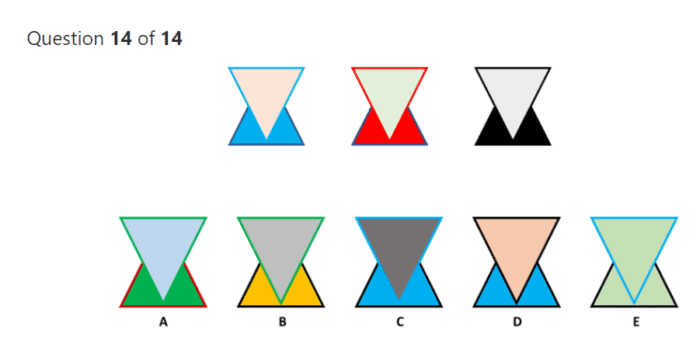
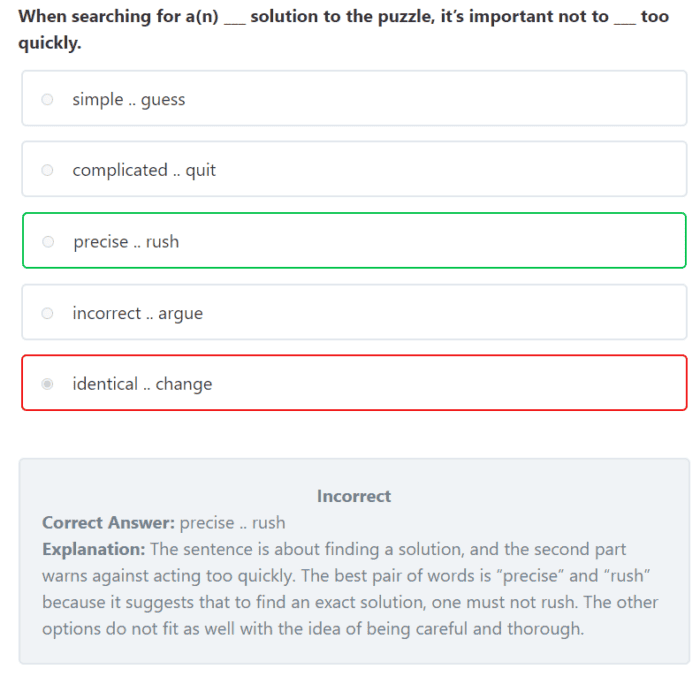
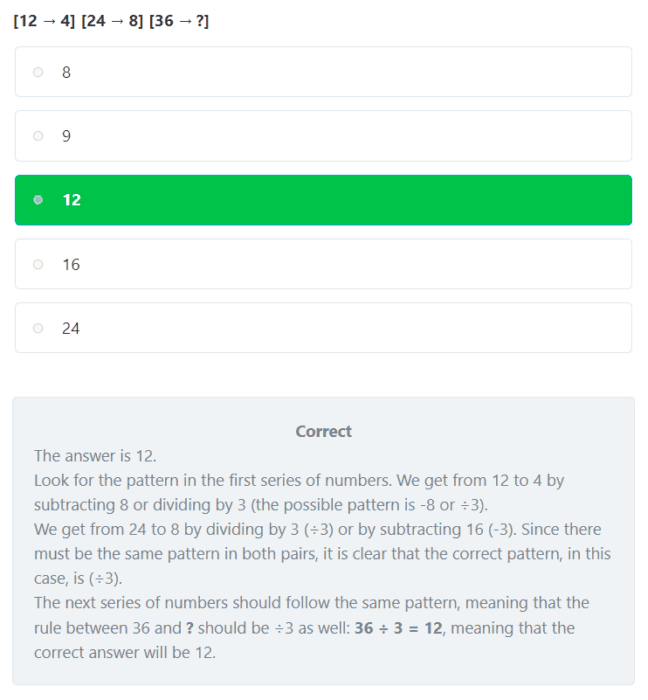
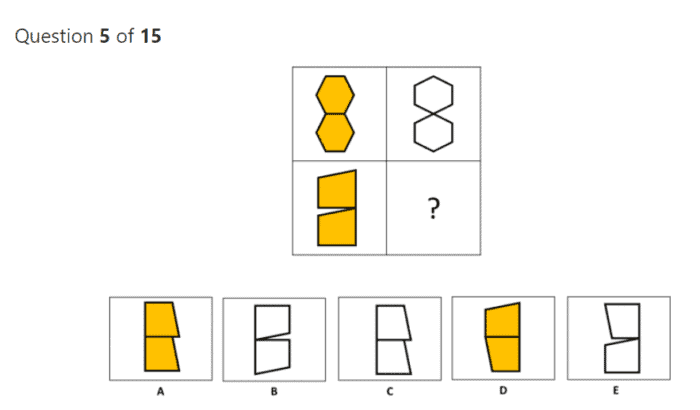
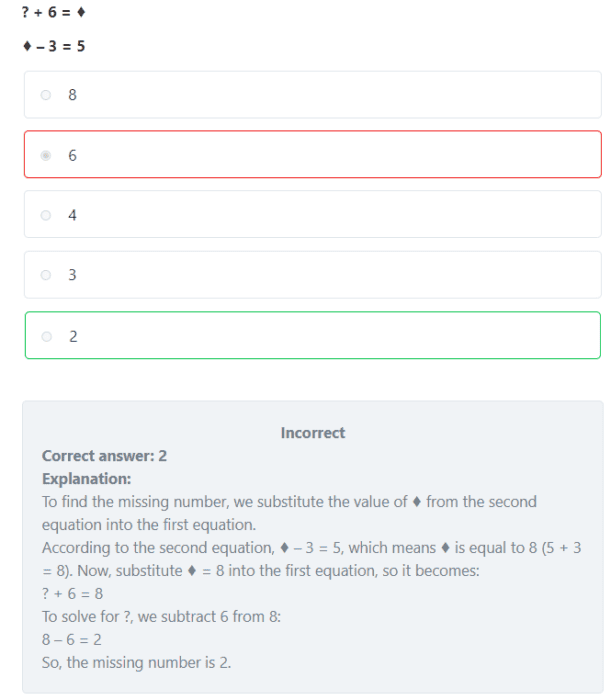
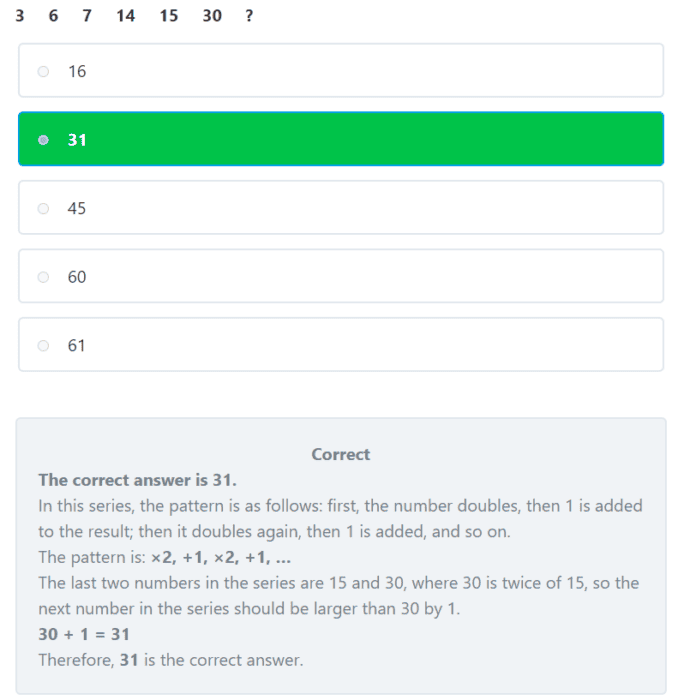
One-time Payment & 6-Month Unlimited Access
The CogAT Test for 4th Grade is designed to assess students’ reasoning abilities and identify their potential for success in gifted and talented programs.
It consists of 176 questions and is tailored for students around 10 years old (that’s why it’s also named CogAT Level 10).
The test is divided into three main batteries: Verbal, Quantitative, and Nonverbal, each of which is further broken down into three subtests.
Schools can choose to administer the three batteries either together on the same day or spread them out over multiple days, depending on their schedule and students’ needs.
See the table below for a detailed breakdown of the subtests within each battery.
| No. of Questions | Time Limits | |
|---|---|---|
| Nonverbal Battery | ||
| Figure Matrices | 22 | 10 minutes |
| Figure Classification | 22 | 10 minutes |
| Paper Folding | 16 | 10 minutes |
| Quantitative Battery | ||
| Number Analogies | 18 | 10 minutes |
| Number Series | 18 | 10 minutes |
| Number Puzzles | 16 | 10 minutes |
| Verbal Battery | ||
| Verbal Analogies | 24 | 10 minutes |
| Sentence Completion | 20 | 10 minutes |
| Verbal Classification | 20 | 10 minutes |
| Total | 176 Questions | 90 minutes (not incl. settling time) |
The complete practice package includes a full-length simulation with the same number of questions (176) and time limits (90 minutes). This will enable your child to get used to the test’s time pressure and improve their time management skills.
Many parents hear that preparing for cognitive ability tests like the CogAT is unnecessary—or that it could unfairly benefit students.
Yet, the truth is that preparation isn’t simply “teaching to the test.” It’s about helping students grasp the test’s layout, devise problem-solving tactics, and gain confidence when tackling new question types.
Here’s why preparation matters:
Reduce Test Anxiety: Even the brightest students may be daunted by unfamiliar questions. Regular practice acclimates them to the test’s format, reducing anxiety when the actual test day arrives.
Learn How to Handle New Question Types: The CogAT includes unique challenges not typically found in school, such as number puzzles or paper folding. Training with these questions allows students to develop effective strategies for addressing them.
Enhance Cognitive Abilities: Prep work improves critical thinking, pattern recognition, and analytical skills, which are valuable not only for the test but for overall academic achievement.
Equalize Opportunities: Students who use practice material aren’t memorizing answers; they’re honing test-taking skills. These capabilities enable them to perform optimally, as they would for any significant evaluation.
Increase Confidence: Familiarity breeds confidence. Knowing the test format and having worked through similar questions makes students feel more competent and likely to excel.
Entering gifted programs is highly competitive, and while innate talent is significant, thorough preparation can truly highlight your child’s capabilities on test day.
Your child deserves the best preparation to feel confident and perform their best on the CogAT test. That’s why we’ve created a thorough practice package tailored specifically to meet their needs.
Access 440+ practice questions across the Nonverbal, Quantitative, and Verbal batteries, designed to mirror the questions seen on the CogAT.
Build your child's confidence and abilities with targeted quizzes that focus on strengthening their knowledge in each of the 9 subject areas.
Boost your child’s problem-solving skills with advanced-level drills designed to stretch their abilities, making the actual test feel like a breeze.
One-time Payment & 6-Month Unlimited Access

Sharpening your child's skills with lifelike practice for gifted tests and school exams.
© 2025 GiftedReady | HTML Sitemap